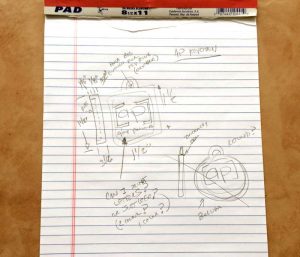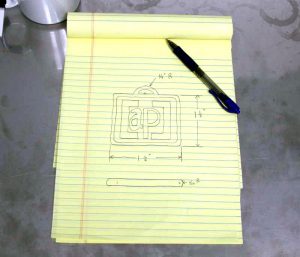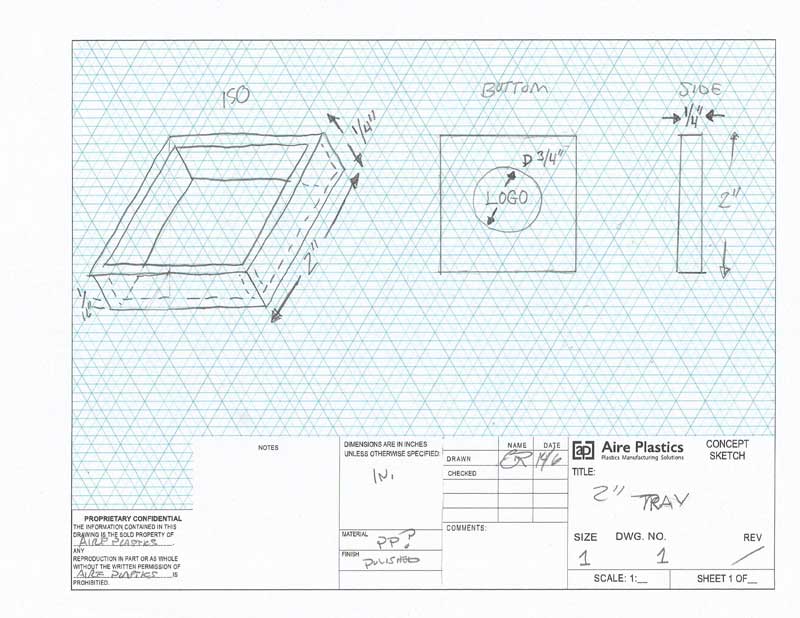Welcome to step one of PD12: Ideation. We’ll get into some tips to help come up with product ideas, how to polish them and how to turn them into polished concept sketches which communicate what your product idea is all about.
I know that you guys all have great ideas. Ideas that I can’t even imagine. Probably that no one has yet imagined! And that’s awesome! The next great idea will probably come from someone like you so keep creating.
Now, here are just a few tips to help you make some connections…because that is what creativity is all about isn’t it? Making connections where someone else hasn’t done it!
- Think Small! The riches are in the niches. Most great ideas will be, at least in the beginning, to serve a small, niche audience. In the beginning, think small!
- Write it down! Buy an inventors journal or at the very least a notebook specifically for your idea. There’s something about putting pencil to paper that get’s the juices flowing. I also like to open a fresh Evernote notebook and store any files, sketches or ideas there.
- Be a creator, not a critic! Don’t be afraid to make mistakes. In the beginning feel free to brainstorm. Just jot down anything that comes to mind. Don’t let the critical brain stifle your creativity flow.
- Go with what you know! If you don’t have an idea, think of some activity that you love and dig deep into it.
- Ask questions! You don’t have to hide OR reveal everything about your ideas but you still need a feedback loop. Start casual conversations about the area your looking at.
- Become an expert on a subject. Investigate your subject matter. Who? What? When? Where? Why and How!
- Don’t reinvent the wheel! Maybe you don’t need a totally new product idea. Maybe, you just need to make an existing product better for a special type of customer.
It all starts with a simple sketch. You don’t have to get fancy or be a famous artist to do some quick sketches of your ideas. Just get 
them down on paper.
Details DO matter.
- Sketch every angle: front, back, side, top bottom. Sketch any angle or detail that is important to the function of your idea.
- Include dimensions even if they aren’t exact. You can even use estimated dimensions. If a curve is important to your idea but you don’t know the exact radius just draw an arrow and write “Curved” or “Arch”. Sometimes the radius of a curve is relative to the lengths of the other sides. These details can be filled in later.
 Clean it up. Now that you have some crude drawings jotted down, go back for seconds. Take what you have learned and do a second, cleaner version of your rough sketches.
Clean it up. Now that you have some crude drawings jotted down, go back for seconds. Take what you have learned and do a second, cleaner version of your rough sketches.
Now you’ve got some serious concept sketches happening! Remember, the key to making great idea sketches isn’t to make fine art, it’s to communicate your ideas clearly.

 Clean it up. Now that you have some crude drawings jotted down, go back for seconds. Take what you have learned and do a second, cleaner version of your rough sketches.
Clean it up. Now that you have some crude drawings jotted down, go back for seconds. Take what you have learned and do a second, cleaner version of your rough sketches.